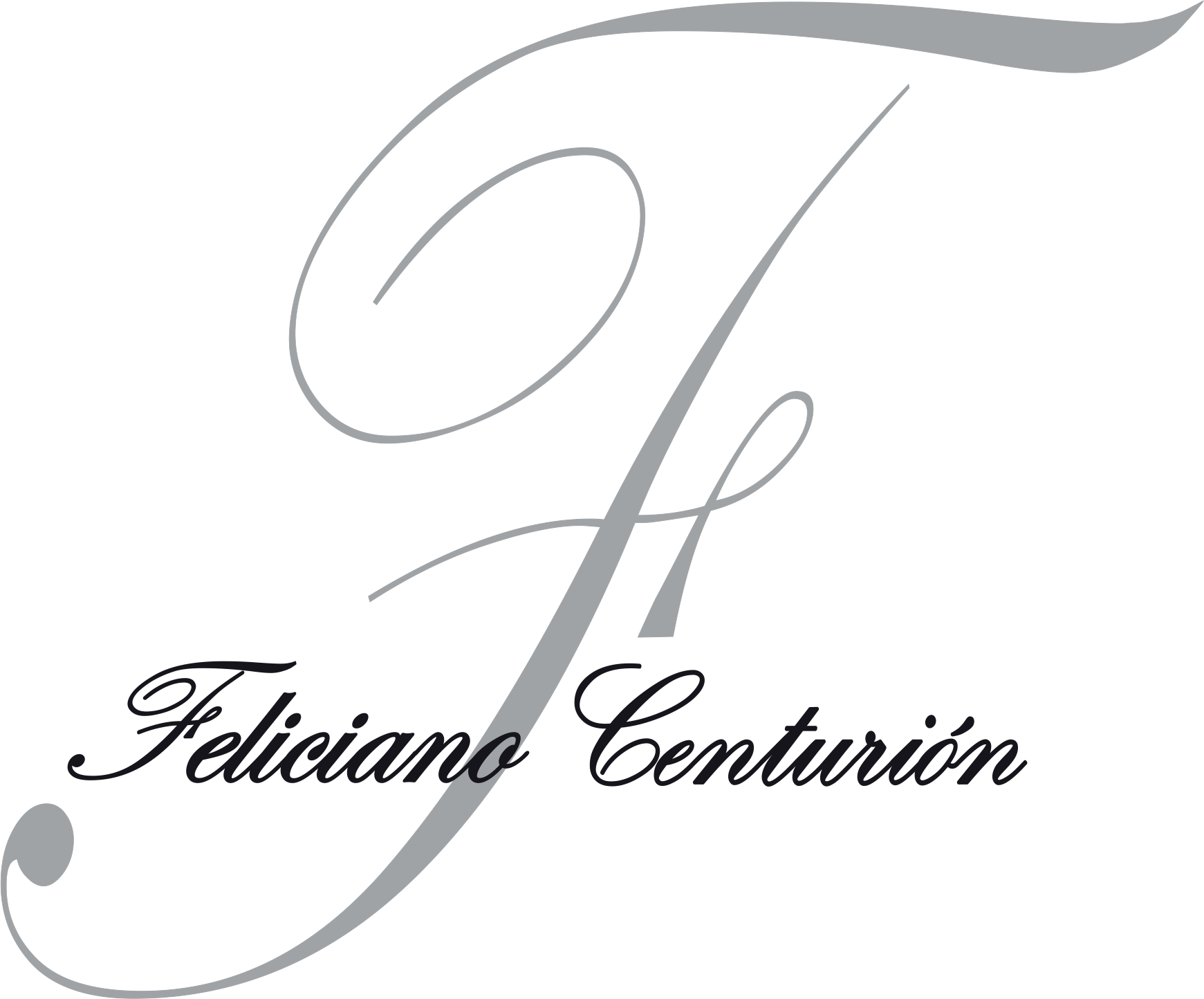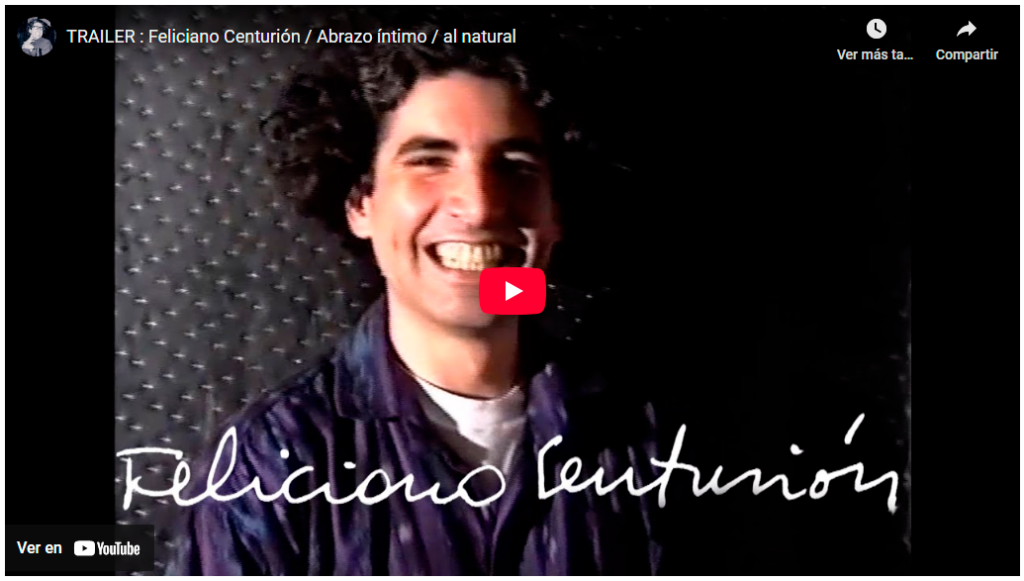
“Abrazo íntimo al natural”
de la directora Mon Ross
![]() EN |
EN | ![]() PO |
PO | ![]() FR |
FR | ![]() ES
ES
Si querés apoyar la difusión de la vida y obra de este gran artista paraguayo, seguí estos pasos:
1. Entrá al canal de Youtube de Feliciano Centurión
2. SUSCRIBITE y dale LIKE al Trailer de Feliciano Centurión, «Abrazo Íntimo al Natural» documental de Mon Ross que presenta su vida.
3. Si querés recibir más información sobre la vida de este artista, suscribite más abajo al newsletter.
Así estarás colaborando con la subida del documental de Feliciano Centurión “Abrazo íntimo al natural” de la directora Mon Ross para que sea visto por más gente interesada en este gran artista latinoamericano
Feliciano Centurión
(Paraguay, 1962- Argentina, 1996) nació en San Ignacio, en la región sur de Paraguay, Sudamérica. En 1973, la familia emigra a Formosa, Argentina, como resultado del exilio económico.
En 1980, Centurión se muda a Buenos Aires para estudiar en la Escuela Nacional de Bellas Artes. En la década del 90, Feliciano tuvo una participación clave en el movimiento Arte Luz que tuvo como epicentro al Centro Cultural Ricardo Rojas, más conocido como “El Rojas”, desde allí, formuló y presentó en sociedad algunas sus exploraciones personales que serían fundamentales en la narración de su obra. En cuanto a la realización, su obra incorpora materiales “nuevos” como juguetes, artículos de limpieza y en especial, bordados, textiles, y artesanías históricamente adjudicadas a la labor femenina.
Aunque no muy difundida en su país, la obra de Feliciano Centurión, sigue vigente en diversos escenarios del arte contemporáneo internacional.
Mon Ross
Realizadora, fotógrafa y montajista trabaja en publicidad y cine en Buenos Aires. En 2010 se muda a Italia dónde comienza a producir y realizar contenidos audiovisuales. En 2015 crea Pampa Films FR en Paris, con la idea de producir y dar servicios de producción entre Francia, Italia y América Latina. En 2020 Mon crea el colectivo de artistas Sine Nomine Coillectif, donde produce contenidos audiovisuales, organiza exposiciones y lleva adelante su trabajo de fotografía y videoarte.
En 2021 crea Cinéma de Femmes, un festival que promueve films de y por mujeres y disidencias de Sudamérica en Paris, Italia y Barcelona. En 2024 se integra a la Universidad Paris-Saclay donde enseña y es tutora en la Licenciatura de Imagen y Sonido.
